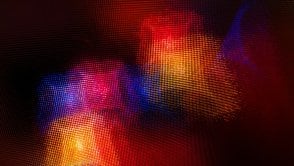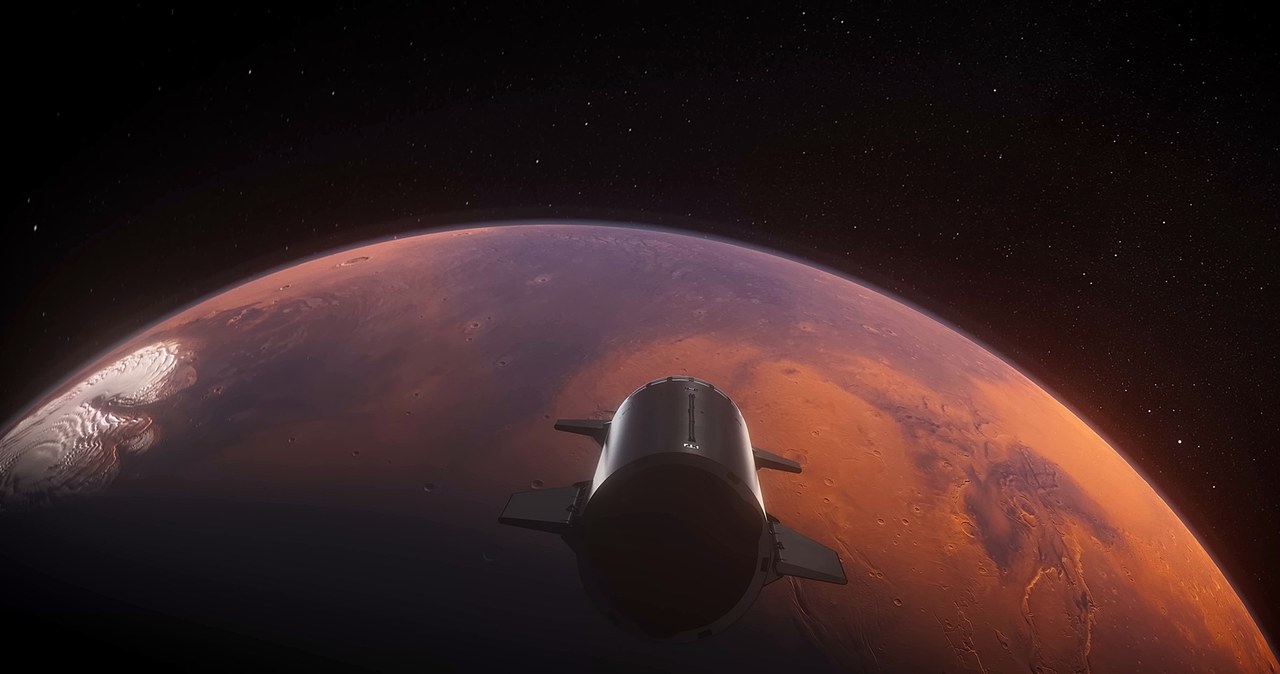The insufficient “sum” of gravitational forces in galaxies has long been a major problem in astrophysics. Observations show that galaxies rotate much faster than dictated by Newton’s law of gravitation when only visible matter is taken into account. In the solar system, these laws work perfectly, but on a galactic scale, on theoretical grounds, additional gravity (generated by dark matter) is needed to prevent its decay. Thus we arrive at the concept of dark matter.
Dark matter – although not directly observed (which is the point) – has become a key element in explaining galactic dynamics. There is no particle in the Standard Model that could “act” as dark matter – so scientists believe it has not yet been obtained, studied and verified.
An alternative approach to the problem of insufficient gravity in galaxies is the Mordehay-Milgrom theory, known as MOND. Milgrom proposed in 1982 that at very low accelerations, such as at the edges of galaxies, gravity begins to behave differently than Newton predicted. MOND brings some order to the rotation of galaxies and has had many other successes, but all of this can also be explained using dark matter, and Newton’s theory also fits. There are those who believe that, according to Occam’s Razor, we should strive for the simplest solutions. Just…which is easier? Some believe it is MOND, others believe it is DARK MATTER.
To test MOND theoryScientists focused on the Cassini mission, which orbited Saturn from 2004 to 2017. Saturn, which is located 10 astronomical units from the Sun, should show slight deviations from Newton’s predictions due to the gravitational pull of the rest of the galaxy, according to MOND. Measurement of radio pulses between Earth and Cassini allowed precise tracking of Saturn’s orbit and… No anomalies were detected, indicating that Newtonian gravity works well even on larger scales, which spoils the MOND theory a bit.
Other studies have also questioned the effectiveness of MOND theory. Observations of stars in binary systems, which orbit each other at distances of up to several thousand astronomical units, have shown that their velocities agree with Newton’s predictions, but not MOND’s. In addition, studies of small objects on the “outskirts” of the Solar System (such as comets) have shown that their energy distribution and orbital inclination do not match MOND predictions.


Newtonian considerations seem to work well on small and large scales, while MOND fails at clusters. MOND cannot “provide” enough gravity in its centers and provides too much gravity in its peripheries. However, the cosmological model based on dark matter, while not perfect, fits the available data better.
Despite numerous efforts, MOND in its current form is rarely considered a viable alternative to the dark matter concept. “Dark matter” is not perfect in its fundamentals, but it remains the best available explanation for observed phenomena. The mystery of dark matter still needs to be solved, but current data strongly supports this. Unless there’s option number…three? But what kind?

Echo Richards embodies a personality that is a delightful contradiction: a humble musicaholic who never brags about her expansive knowledge of both classic and contemporary tunes. Infuriatingly modest, one would never know from a mere conversation how deeply entrenched she is in the world of music. This passion seamlessly translates into her problem-solving skills, with Echo often drawing inspiration from melodies and rhythms. A voracious reader, she dives deep into literature, using stories to influence her own hardcore writing. Her spirited advocacy for alcohol isn’t about mere indulgence, but about celebrating life’s poignant moments.










